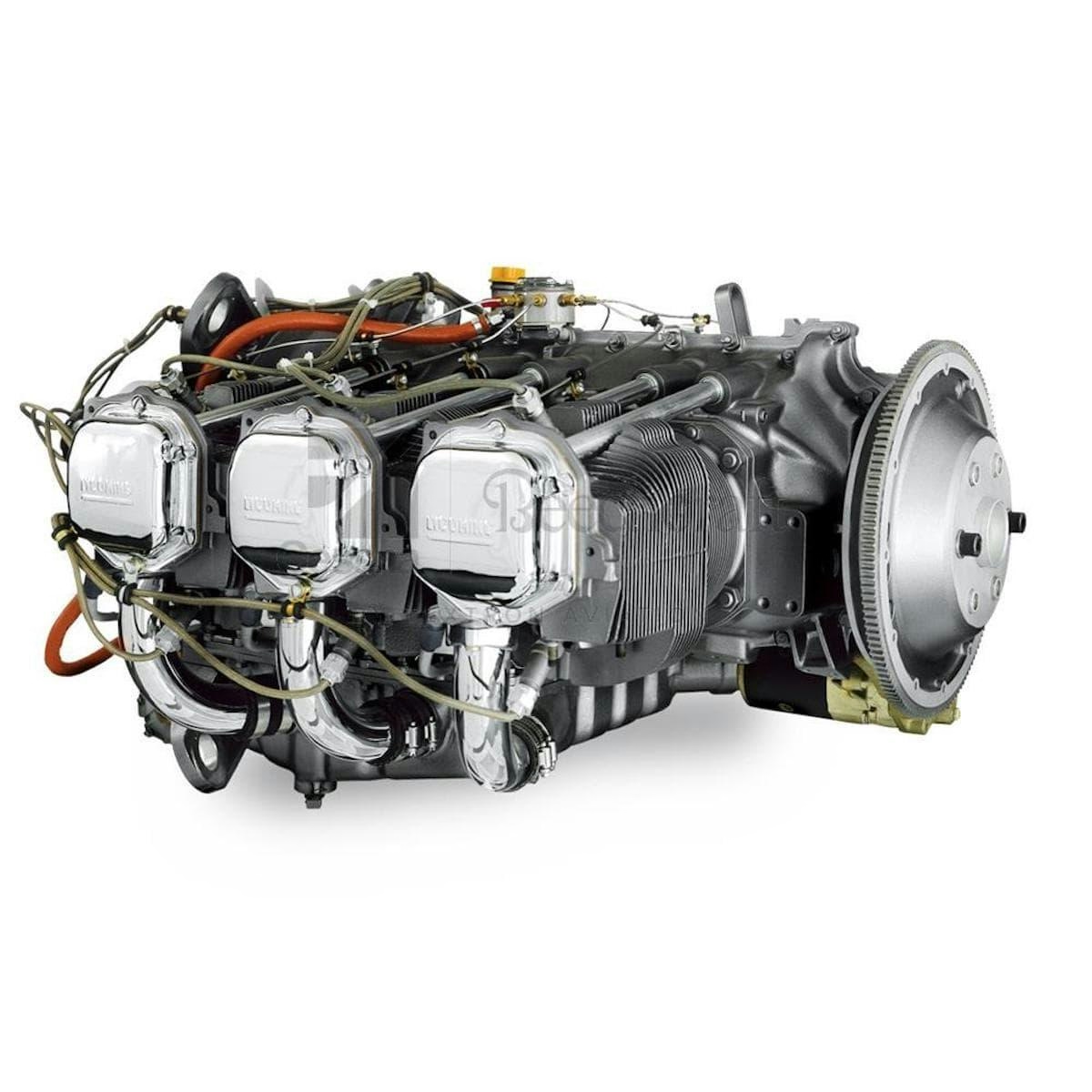
AeroGenie — Votre copilote intelligent.
Tendances
Categories
The Economics of Dismantling a Six-Year-Old Aircraft
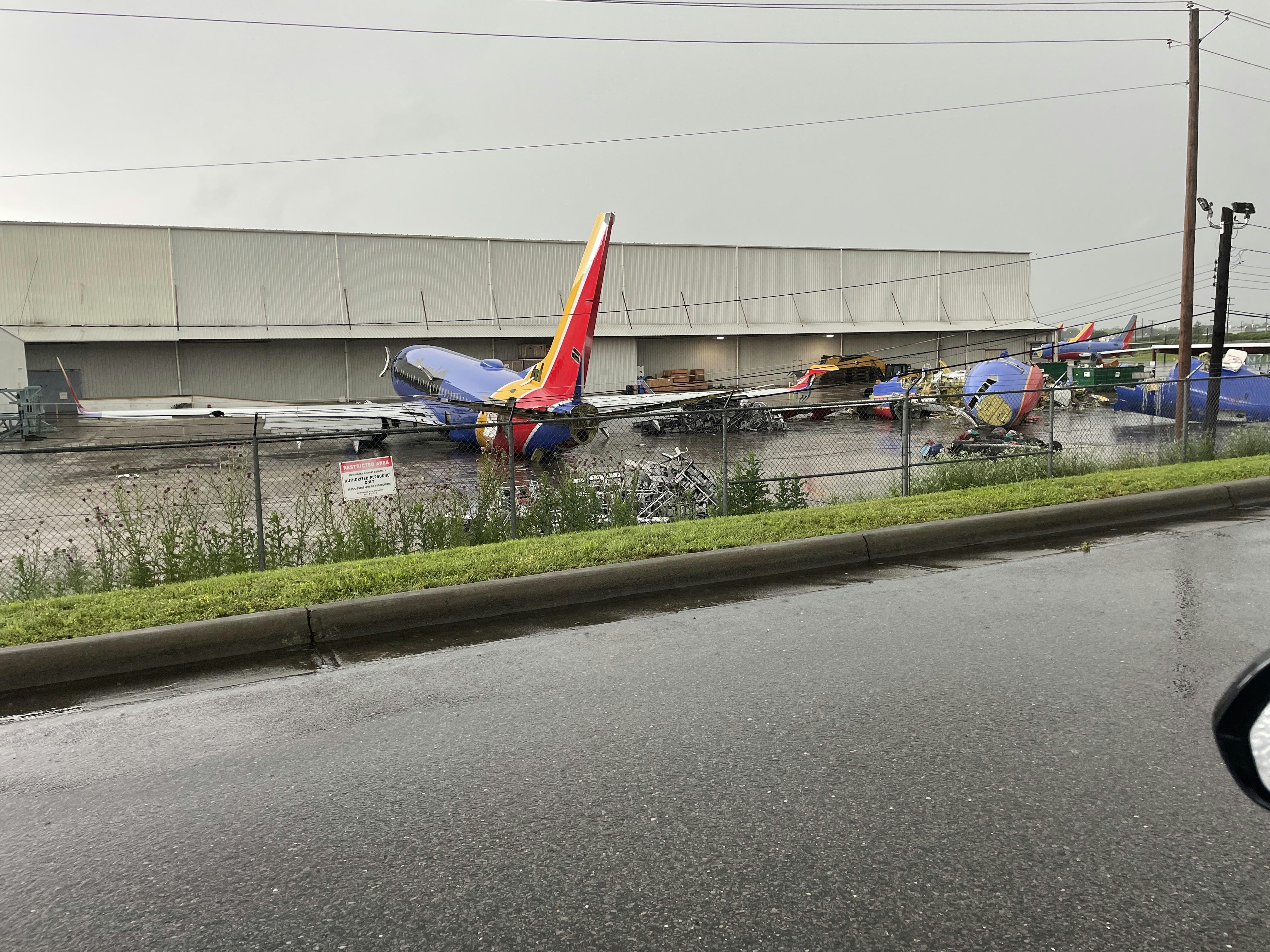
The Economics of Dismantling a Six-Year-Old Aircraft
Shifting Strategies in Aircraft Asset Management
The aviation industry is experiencing an unexpected development: the dismantling of aircraft as young as six years old. At the recent MRO Europe conference in London, Scott Symington, Chief Commercial Officer at aviation services provider AJW, explained the economic factors driving this emerging trend. Increasingly, lessors are choosing to part out newer aircraft rather than maintain them in service or attempt to remarket them. This shift is largely influenced by the strong demand and limited supply of engines and spare parts, which has altered the financial calculus for fleet management worldwide.
Symington highlighted that parting out aircraft offers lessors a higher immediate return compared to leasing the entire plane. He provided a concrete example involving geared turbofan (GTF) engines: leasing two such engines can generate approximately $500,000 per month—$250,000 per engine—whereas leasing the complete aircraft, including both airframe and engines, yields only $450,000 to $460,000 monthly before accounting for transition and remarketing expenses. At the six-year mark, lessors recognize that dismantling the aircraft to lease engines separately and selling the airframe can be more profitable. This realization has led to the parting out of relatively young models such as the A320neo.
Industry Challenges and Financial Pressures
This trend emerges amid ongoing supply chain disruptions that continue to delay aircraft production and maintenance schedules. The International Air Transport Association (IATA) projects that these disruptions will cost the global airline industry over $11 billion in 2025. Consequently, airlines are compelled to extend the operational life of older aircraft beyond initial plans, resulting in increased fuel consumption and escalating maintenance expenses.
The prolonged use of aging fleets has driven up spending on maintenance, repair, and overhaul (MRO) services. In response, airlines and lessors are increasingly pursuing joint ventures and collaborative strategies in aircraft leasing and maintenance to mitigate the financial burdens associated with operating older aircraft. These cooperative approaches aim to optimize resource allocation and manage costs more effectively in a challenging market environment.
Rethinking Asset Management Amid Market Realities
The decision to dismantle relatively new aircraft reflects more than a pursuit of immediate profit; it is a strategic response to broader industry dynamics. Supply chain constraints, rising operational costs, and a lucrative market for spare parts are compelling lessors to reconsider traditional asset management models. Under different market conditions, many of these aircraft might have remained in service for many additional years. However, the current economic landscape is reshaping how aviation assets are valued and utilized, with significant implications for the future of fleet management.
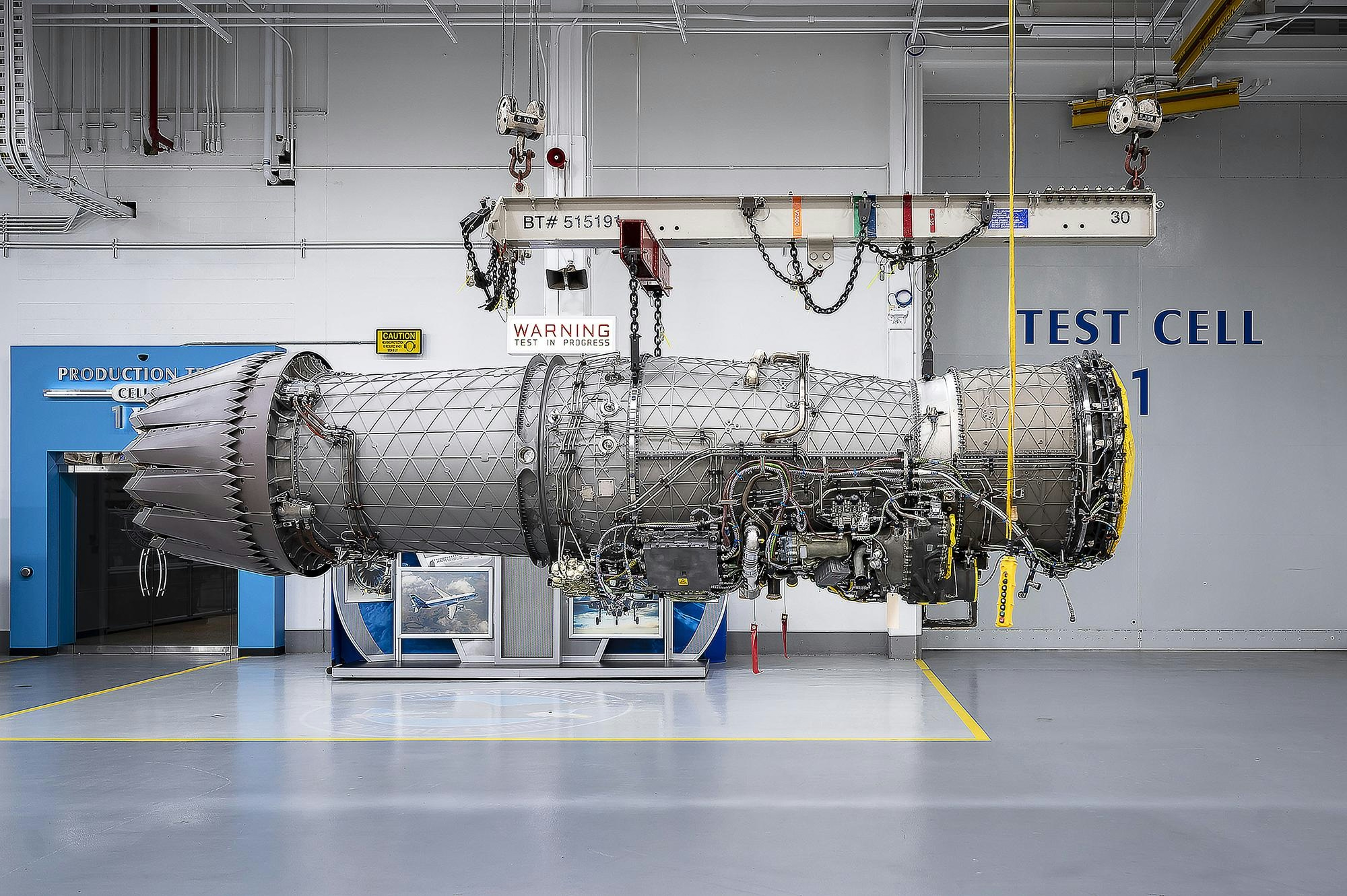
Pratt & Whitney Secures $1.6 Billion Contract for F135 Engine Support
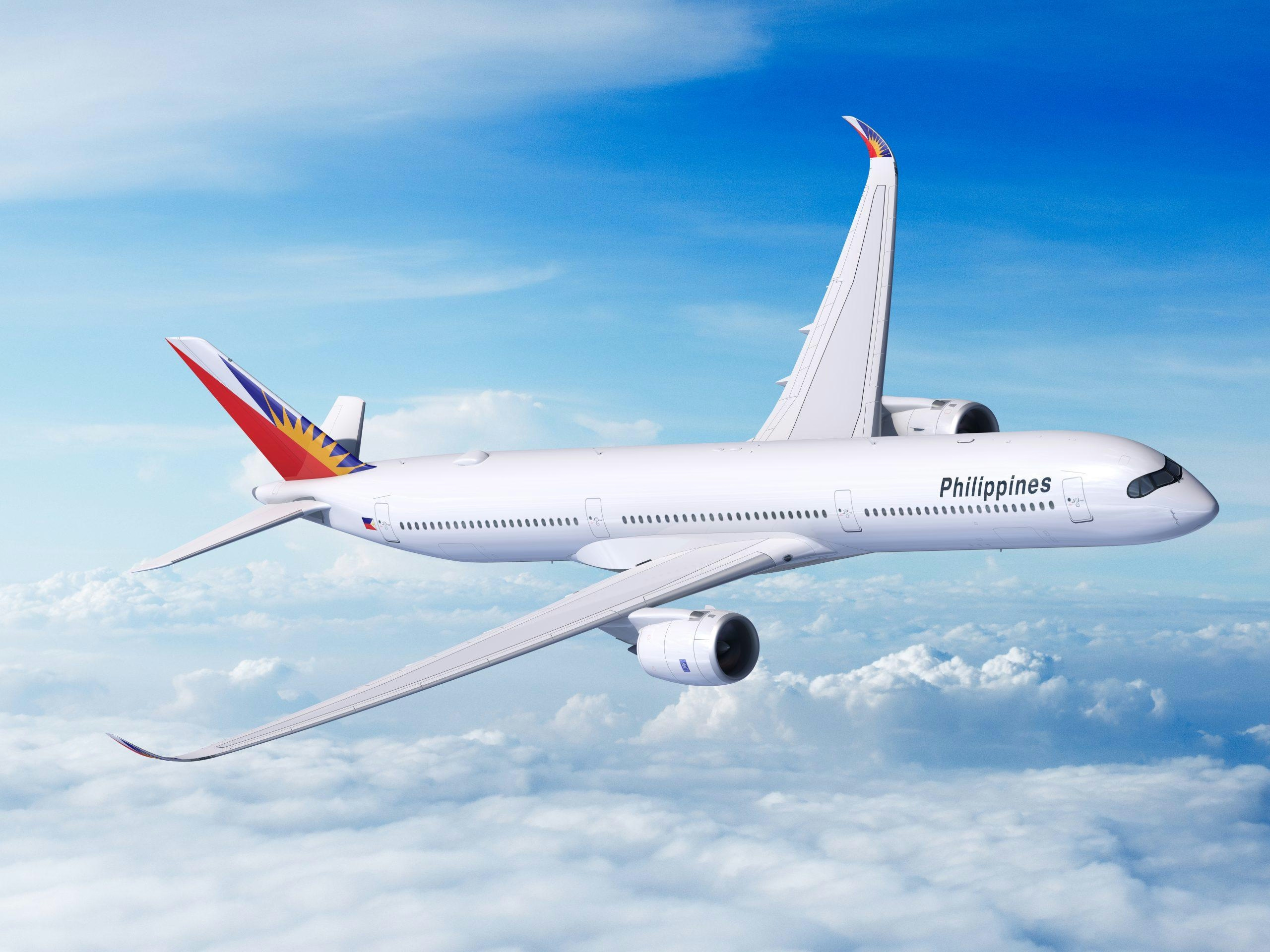
BOC Aviation Completes Sale-Leaseback Deal with Philippine Airlines
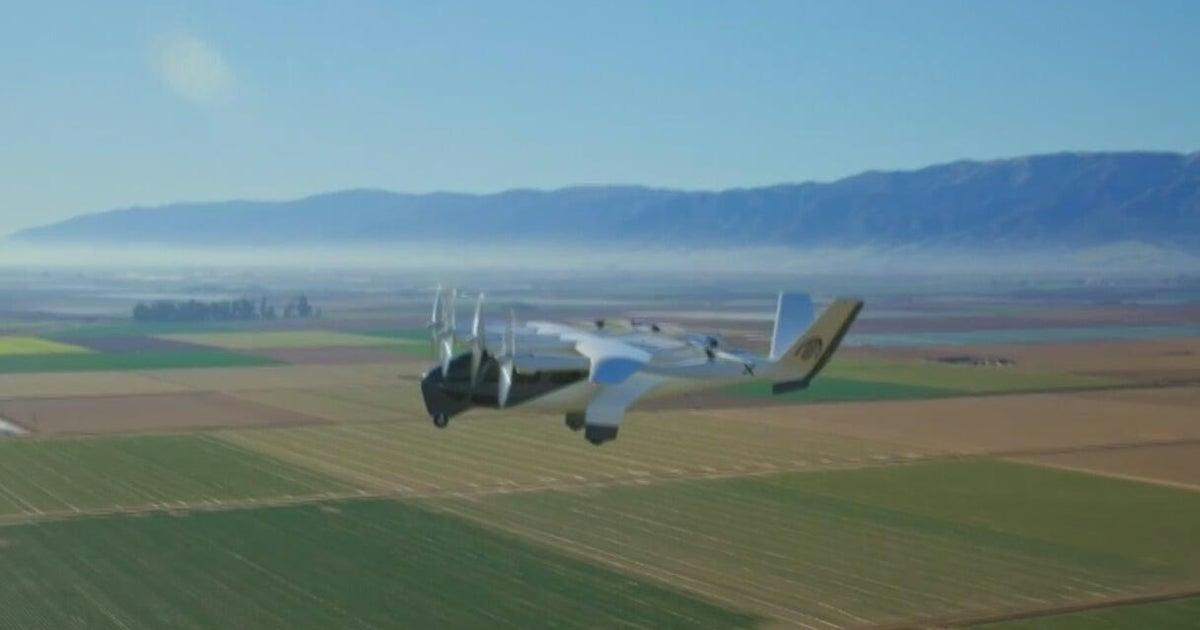
Air taxis promise relief from Miami’s worsening traffic
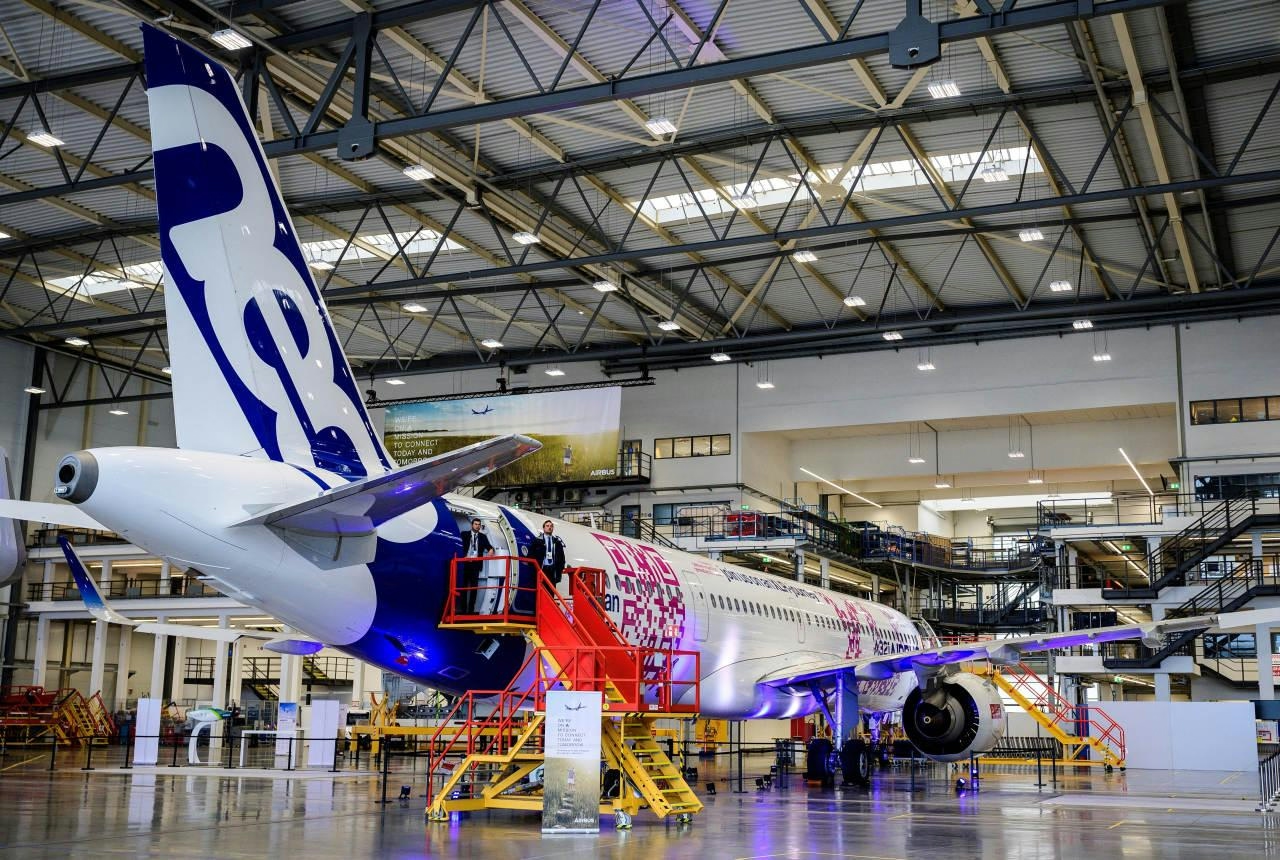
Philippine Airlines Orders Five Airbus A320s in $490 Million Deal
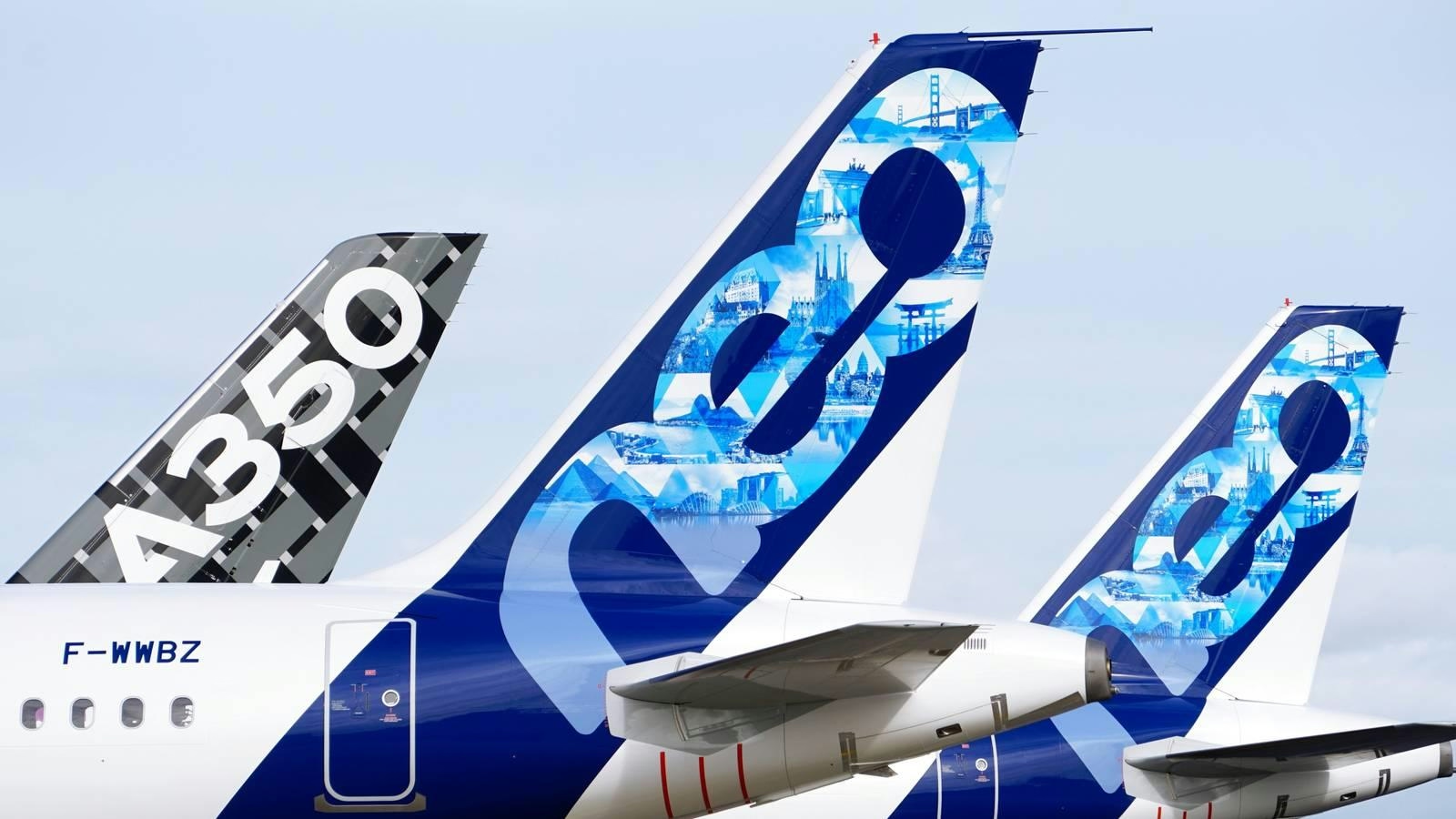
Airbus Lowers Annual Delivery Forecast
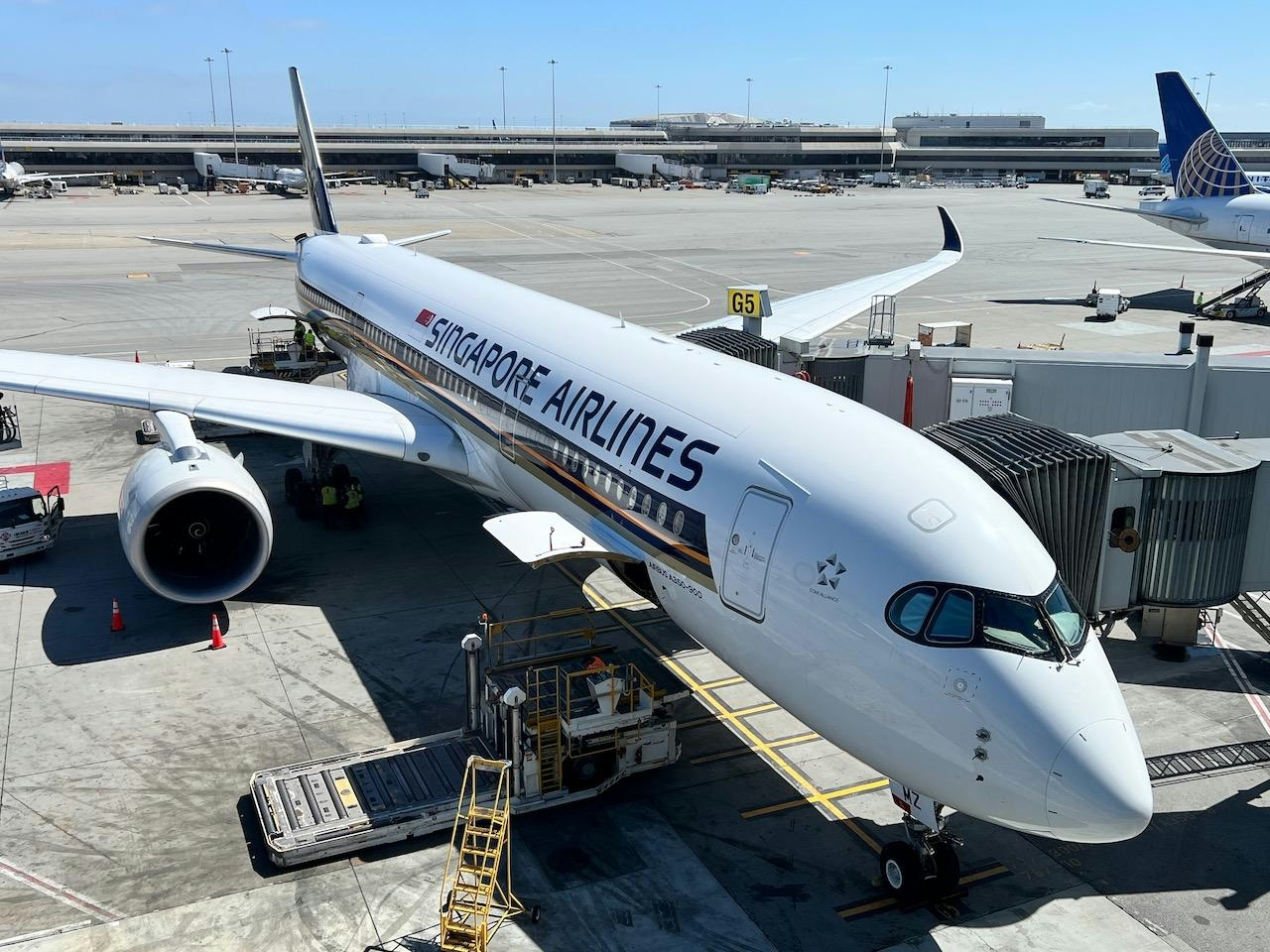
Base Maintenance Malaysia Conducts First Heavy Check on Singapore Airlines Airbus A350
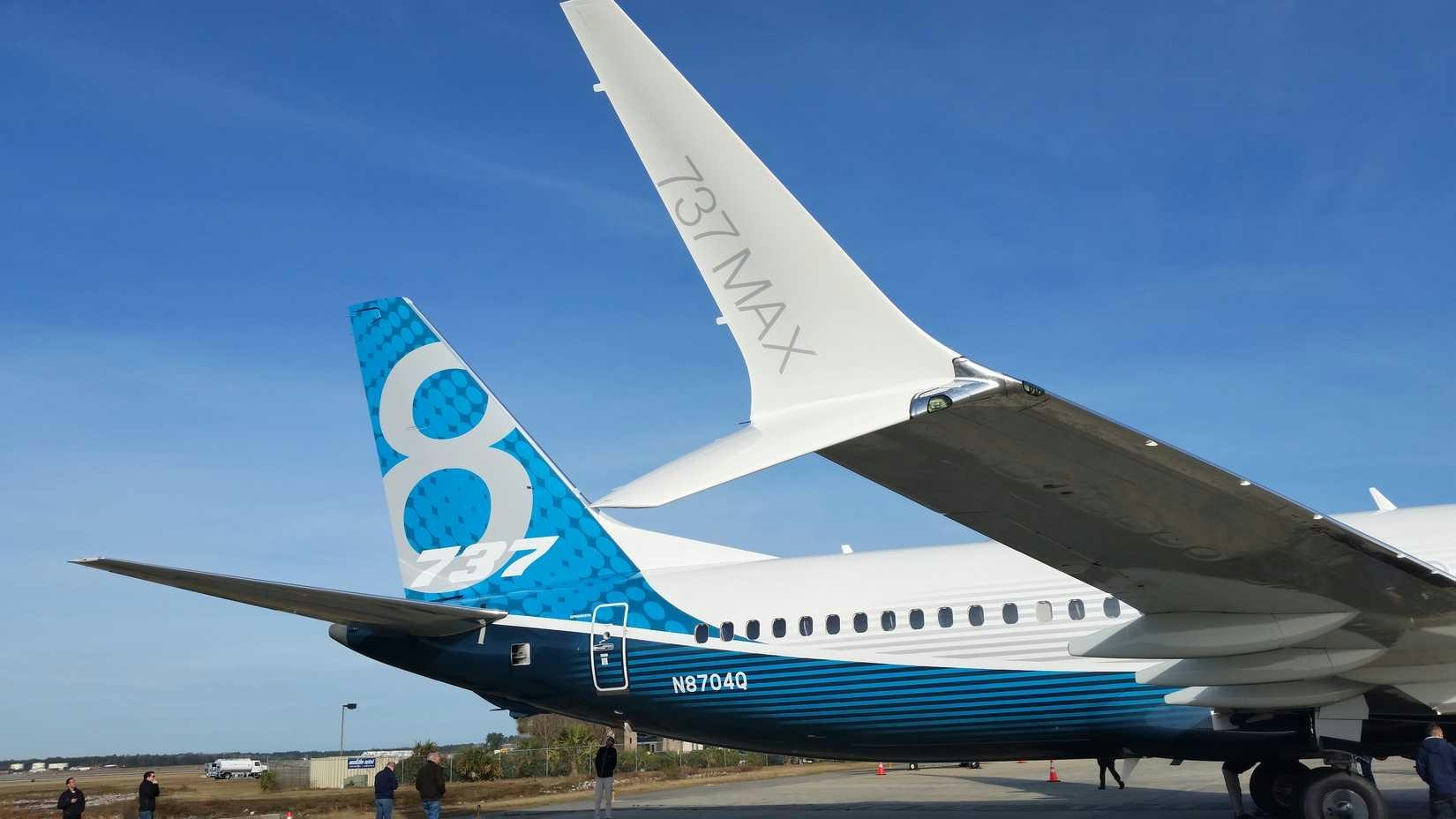
DAE to Lease Ten Boeing 737 MAX 8 Aircraft to AJet Through Turkish Airlines

BOC Aviation to Lease Two Airbus A350-1000 Aircraft to Philippine Airlines
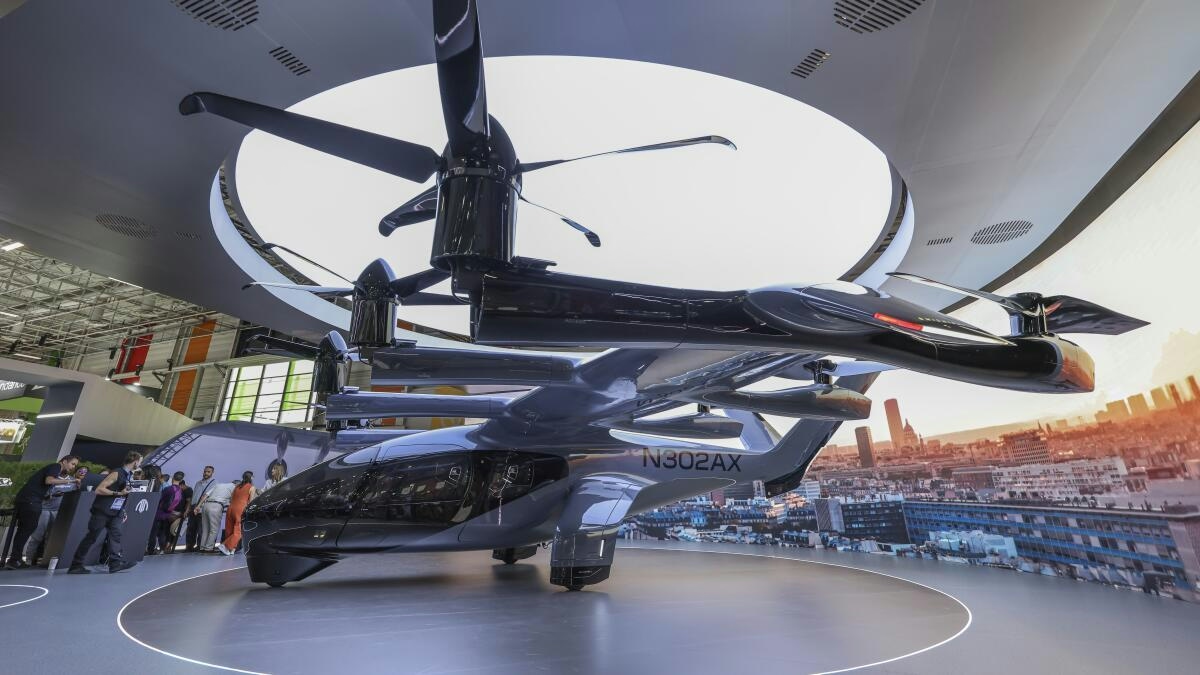
What to know about Midnight, an all-electric air taxi that could change the way we move across South Florida
